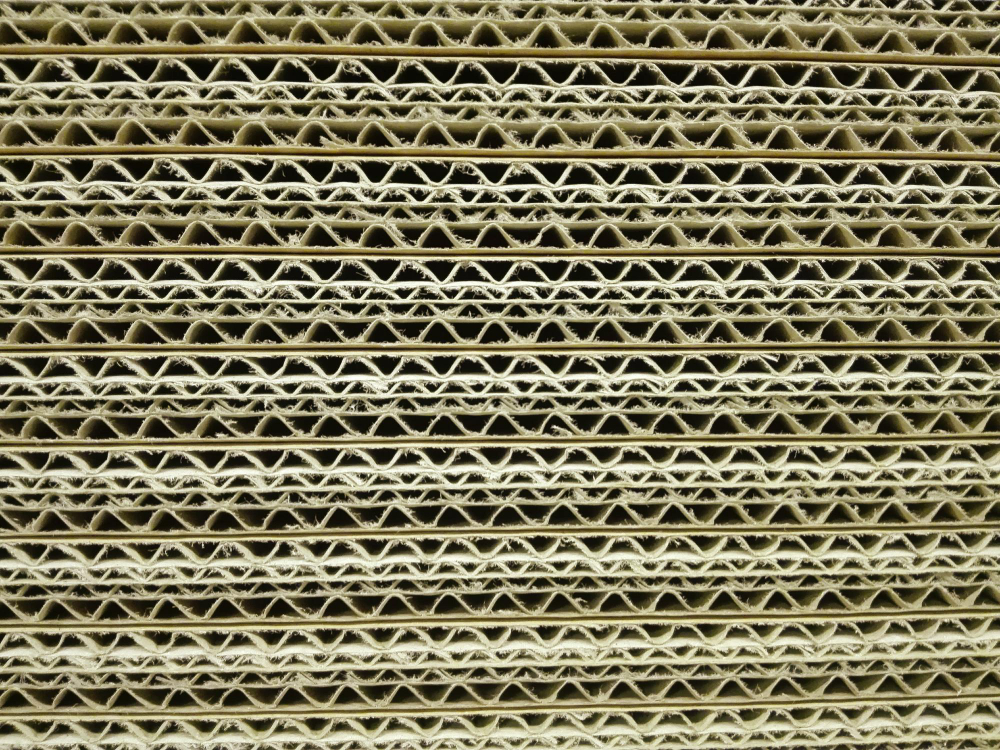
Cardboard is a staple of modern life, from the boxes that deliver your online orders to the packaging that lines store shelves. But did you know that failure to recycle it properly can significantly reduce the efficiency of recycling programs? Breaking down cardboard boxes isn’t just about saving space in your bin; it plays a critical role in ensuring that cardboard recycling processes are as effective as possible.
If you’re looking for expert tips on cardboard recycling in New Jersey, keep reading. We’ll cover why breaking down cardboard matters, how you can do it correctly, and where to find the best services to make sure your efforts pay off.
Recycling cardboard is one of the simplest ways to reduce waste and help the planet. However, this process starts long before the recycling trucks arrive. Breaking down cardboard into flat, manageable pieces ensures the material can be effectively processed at recycling facilities. Here’s why this step is so important:
Unflattened boxes take up a massive amount of unnecessary space in recycling bins. By breaking down your cardboard, you maximize the bin's capacity, ensuring more materials can be recycled in a single collection. For families and businesses with significant amounts of cardboard waste, this can make a big difference.
Machinery used at recycling facilities is designed to process flat, compact materials. Large, improperly disposed boxes can clog conveyor belts or damage processing equipment. This creates delays, increases waste, and, ultimately, makes recycling programs less cost-effective.
Flattened cardboard is easier to sort and handle at recycling centers. When cardboard is left intact, it can get wedged between other materials like plastic or aluminum, slowing down the recycling process and increasing the risk of contamination.
Cardboard recycling saves an enormous amount of energy and resources compared to producing new materials. According to the EPA, recycling one ton of cardboard can save 17 trees and more than 7,000 gallons of water. Breaking it down ensures it reaches recycling facilities in usable condition, amplifying its environmental benefits.
Wondering how to prepare your cardboard for recycling? Luckily, it’s a quick and easy process that requires no special tools. Here’s a simple step-by-step guide to ensure you’re recycling-ready:
Before anything else, inspect your cardboard box. Remove any packing materials like bubble wrap, foam, or plastic tape. While some recycling centers accept cardboard with small amounts of tape, large sections should be removed to prevent contamination.
Open up the flaps and collapse the box into a flat sheet. Larger boxes may require you to cut them along the seams for easier handling. Be sure to fold or layer the flattened cardboard to save even more space.
Wet or oil-stained cardboard (like pizza boxes) can’t be recycled because it contaminates the recycling stream. Dispose of soiled cardboard in the regular trash or find creative ways to repurpose it, such as composting clean, grease-free pieces.
If you’re recycling several pieces of cardboard, consider bundling them into tight stacks with string or twine. This helps both you and recycling facilities streamline the handling process.
New Jersey is home to numerous recycling initiatives, but not all services are created equal. Follow these tips to make sure your efforts are effective:
Recycling programs vary by town and city, so always confirm the cardboard recycling rules in your area. For example, while some regions allow small amounts of tape to remain, others require it to be fully removed.
Businesses and residents generating large amounts of cardboard should consider scheduling regular recycling pickups. Contacting a trusted local service like All County Recycling can help you stay on top of your recycling routine.
Not all facilities handle commercial amounts of cardboard or oversized materials. If you have specialized needs, opt for a service that offers customizable options for bulk recycling.
Beyond the environmental benefits, recycling cardboard contributes to the health of local economies. Many recycling programs in New Jersey create jobs and invest in sustainable infrastructure, keeping materials out of overflowing landfills and instead turning them into new, useful products.
Cardboard is one of the most easily recyclable materials, with up to 91% of cardboard being reused rather than trashed, according to the American Forest & Paper Association. But without proper preparation, valuable materials could end up wasted, slowing down recycling progress across the state.
Breaking down cardboard may seem like a small step, but it has a monumental impact on the recycling process. By following the tips above and working with a trusted service, you can ensure every sheet of cardboard contributes to a cleaner, greener planet.
If you’re searching for dependable cardboard recycling in New Jersey, contact All County Recycling today for free estimates. Whether you’re managing cardboard at home or for your business, our team is here to make the process seamless and stress-free.
Together, we can make recycling smarter and more efficient, one flattened box at a time.